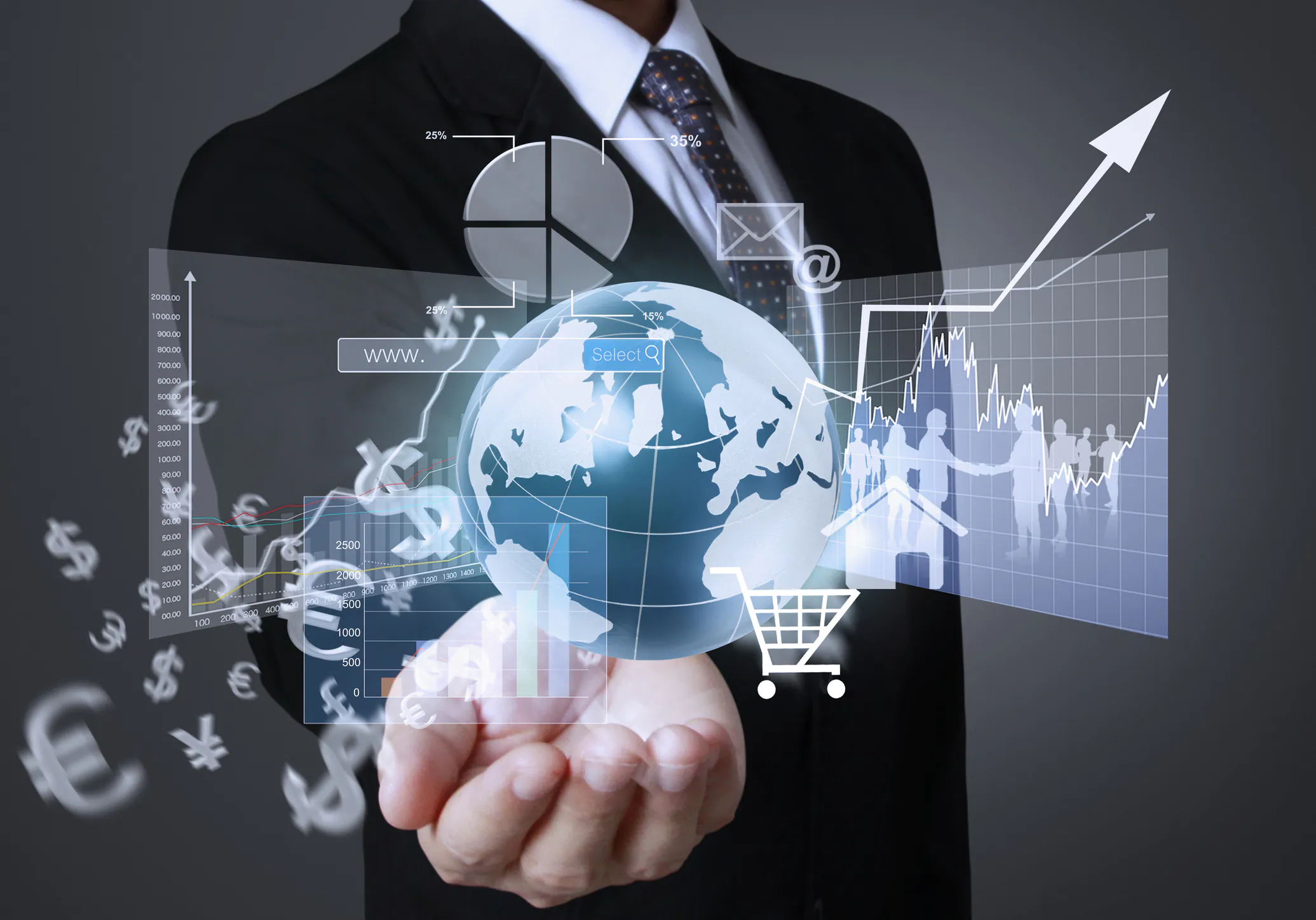In today’s fast-paced digital world, Big Data Analytics Application has become a game-changer for industries across the board. One sector where its impact is profoundly felt is the food delivery market—a space experiencing rapid growth and fierce competition. The modern food delivery app ecosystem has grown far beyond just connecting hungry customers with restaurants. It’s now a sophisticated, data-driven domain where Big Data Analytics Application plays a crucial role in streamlining operations, enhancing customer experiences, and driving strategic decision-making.
As millions rely on food delivery services daily, companies must leverage every advantage to stay competitive. With enormous volumes of data being generated from customer orders, delivery routes, payment methods to feedback and social media mentions there’s immense untapped potential. The power of Big Data Analytics Application lies in its ability to transform these vast datasets into actionable insights that help food delivery apps anticipate demand, optimize resources, personalize services, and build stronger customer loyalty.
In this blog, we will explore the diverse Big Data Analytics Application areas in the food delivery sector and the tangible benefits they bring, highlighting how data is fueling a new era of operational excellence and customer satisfaction.
Table of Contents
Understanding Big Data Analytics Application in Food Delivery Apps
Before diving into applications and benefits, it’s important to clarify what we mean by Big Data Analytics Application in food delivery. It involves the use of advanced technologies—such as machine learning, artificial intelligence (AI), predictive analytics, and real-time data processing—to analyze massive datasets collected from various touchpoints within the food delivery value chain.
These datasets include:
- Historical order volumes and patterns
- Customer profiles and preferences
- Delivery driver GPS and traffic data
- Social media reviews and sentiment analysis
- External factors like weather and local events
The insights derived enable food delivery platforms to make smarter decisions, from dynamically adjusting delivery routes to crafting personalized marketing campaigns. This data-centric approach ensures the entire ecosystem works more efficiently and responds better to customer needs.
1. Accurate Delivery Time Estimates with Big Data Analytics Application
One of the most critical factors driving customer satisfaction in food delivery apps is timely delivery. Customers expect their orders to arrive hot and fresh within the promised timeframe. Here, Big Data Analytics Application shines by improving the accuracy of delivery time estimates.
Food delivery platforms utilize historical data on order times, traffic conditions, weather impacts, and even local events like concerts or sports games to forecast peak demand periods. For example, if a stadium nearby has a game starting soon, the platform anticipates a surge in orders and can pre-allocate drivers accordingly.
GPS tracking combined with real-time traffic data enables dynamic route optimization, ensuring delivery drivers avoid congested roads and take the fastest paths. This not only speeds up deliveries but also lowers fuel consumption and operational costs.
Additionally, by analyzing a customer’s past orders and preferences, the system can suggest delivery time slots tailored to their usual habits, making the experience more seamless and personalized.
2. Driving Operational Efficiency Through Big Data Analytics Application
Operational efficiency is the backbone of any successful food delivery business. Big Data Analytics Application helps food delivery apps streamline processes, reduce waste, and enhance service quality.
For instance, by analyzing temperature data in delivery vehicles, companies can ensure food is kept at optimal temperatures, preserving quality. They can also track how market trends affect ingredient stock consumption, enabling restaurants and suppliers to plan inventory better and reduce food waste.
Furthermore, big data models can identify bottlenecks in order processing, from kitchen preparation to packaging and delivery, suggesting improvements or automation opportunities. By continuously monitoring performance metrics, companies can adapt and refine their workflows to maximize throughput without compromising customer satisfaction.
Operational efficiency gains from big data directly translate into faster deliveries, lower costs, and happier customers—a crucial advantage in a highly competitive market.
3. Understanding Customer Sentiments Using Big Data Analytics Application
In the age of social media, customer sentiment has never been more transparent—or more important. Food delivery apps receive a constant stream of feedback, reviews, ratings, and social mentions that reflect public opinion about their services.
Through Big Data Analytics Application, companies can harness this wealth of unstructured data by categorizing sentiments as positive, neutral, or negative. Advanced natural language processing (NLP) techniques analyze comments and reviews, detecting patterns and specific issues customers face.
For example, if many users complain about late deliveries in a particular area or dissatisfaction with packaging, the app can take prompt corrective actions. Similarly, positive feedback highlights what’s working well, allowing companies to replicate successful strategies.
This real-time sentiment analysis helps food delivery platforms maintain a strong brand reputation, anticipate potential crises, and improve customer retention.
4. Personalization at Scale Powered by Big Data Analytics Application
Customers today expect more than generic services—they want experiences tailored to their tastes, preferences, and behaviors. Here, Big Data Analytics Application empowers food delivery apps to deliver highly personalized interactions.
By aggregating data points like previous orders, browsing patterns, social media activity, and spending behavior, platforms can predict what customers are likely to order next. This allows apps to recommend dishes, restaurants, and promotions that resonate uniquely with each user.
Personalization extends to marketing communications as well—sending targeted offers, discounts, or loyalty rewards based on customer profiles increases engagement and drives repeat business.
Moreover, understanding customers’ willingness to pay and preferred payment methods enables smoother transactions and enhances convenience, creating a frictionless ordering experience.
5. Market Basket Analysis to Boost Sales and Customer Satisfaction
Market basket analysis is a powerful Big Data Analytics Application that examines the combination of items customers tend to buy together. By studying purchase histories and current shopping carts, food delivery apps can uncover meaningful patterns.
For example, if customers often order pizza along with soft drinks or sides like garlic bread, the app can promote combo deals or suggest bundled offerings. These recommendations not only simplify decision-making for customers but also increase average order value and customer satisfaction.
This data-driven approach helps apps optimize cross-selling and upselling strategies, resulting in higher revenue and a more engaging customer journey.
6. Predictive Analytics and Demand Forecasting
Looking ahead, predictive analytics is transforming how food delivery companies plan for the future. Using machine learning models trained on historical data, Big Data Analytics Application enables precise forecasting of demand trends.
This capability helps in workforce planning, inventory management, and marketing campaigns. For instance, if data indicates a surge in orders on rainy evenings or during holidays, platforms can proactively increase driver availability and stock up popular menu items.
Such foresight reduces delivery delays, minimizes food shortages, and maximizes customer satisfaction.
7. Enhancing Sustainability through Big Data Analytics Application
In recent years, sustainability has become a key concern for consumers and businesses alike. Food delivery platforms can use Big Data Analytics Application to minimize environmental impact.
Analyzing delivery routes to reduce travel distances lowers carbon emissions. Monitoring food waste and inventory turnover helps optimize supply chains, reducing unnecessary disposal. Furthermore, platforms can promote eco-friendly packaging options based on customer preferences.
By embracing data-driven sustainability initiatives, food delivery apps not only meet regulatory requirements but also appeal to the growing segment of environmentally conscious consumers.
The Future is Data-Driven: Why Big Data Analytics Application is Essential for Food Delivery Apps
The food delivery market shows no signs of slowing down. As competition intensifies and customer expectations rise, companies must embrace Big Data Analytics Application to stay ahead.
Data-driven insights offer a roadmap to smarter operations, superior customer experiences, and sustainable growth. By continuously innovating with big data, food delivery apps can:
- Improve delivery accuracy and speed
- Increase operational efficiency and reduce costs
- Understand and respond to customer sentiments in real-time
- Deliver personalized services that foster loyalty
- Boost sales with targeted promotions
- Forecast demand to optimize resources
- Support sustainability initiatives for a greener future
In this data-driven era, the food delivery apps that harness the power of big data will be the ones leading the pack.
Ready to Leverage Big Data Analytics Application for Your Food Delivery App?
If you’re part of a food delivery business looking to harness the full potential of Big Data Analytics Application, it’s time to explore customized analytics solutions tailored to your unique needs. From predictive modeling to customer sentiment analysis, the right big data strategy can provide a competitive edge in this dynamic market.
Request a proposal today to discover how advanced analytics can help your food delivery app beat the competition, optimize operations, and create unforgettable customer experiences.
Conclusion
Quantzig can help you harness transformative power of Big Data Analytics Application in food delivery. By turning complex datasets into clear insights, we can carve a revolutionizing pathway which helps you understand how food delivery apps operate and engage with customers. The future of food delivery is not just fast—it’s smart, personalized, and sustainable, all thanks to big data.



